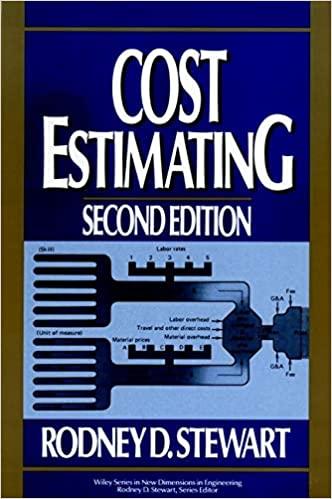Question
Using 2017 tax law,indicate;The taxpayers correct and most favourable filling status.Their greatest number of personal and dependent exemptions allowed for 2017.Whether the taxpayer is eligible
Using 2017 tax law,indicate;The taxpayers correct and most favourable filling status.Their greatest number of personal and dependent exemptions allowed for 2017.Whether the taxpayer is eligible to claim and receive the earned income tax credit.
Remember each dependent must be qualifying child or qualifying relative,Numbers in parentheses indicate age.Unless otherwise stated,each prospective dependent is an unmarried US citizen who does not provide more than half their own support.In no case will more than one taxpayer attempt to claim the same qualifying child as a dependent.No one other than the persons listed lived in the home.Each taxpayer has only the income stated.The taxpayer is the first person named unless you determine that married filing joint is the correct filling status.
Gary(53) is unmarried.He maintains a home for himself and his daughter.Crystal(19),who lived with Gary all year.Garys wife died on June 26,2015.For 2015 he filed joint return.Gary provieds more than 50% of crystals support.Crystal is not a student.Garys income consisted of $21000 wages and $3000 in dividends;Crystals gross income was $5350
1.What is the taxpayers correct and most favourable 2017 filing status?
a.Single
b.Married filling jointly
c.Married filing separately
d.Head of household
e.Qualifying widow(er)
2.What is his greatest number of personal and dependent exemptions allowed for 2017?
a.1
b.2
c.3
d.4
3.Is the taxpayer eligible to claim and receive the earned income tax credit?
a.Yes
b.No
Step by Step Solution
There are 3 Steps involved in it
Step: 1

Get Instant Access to Expert-Tailored Solutions
See step-by-step solutions with expert insights and AI powered tools for academic success
Step: 2

Step: 3

Ace Your Homework with AI
Get the answers you need in no time with our AI-driven, step-by-step assistance
Get Started


